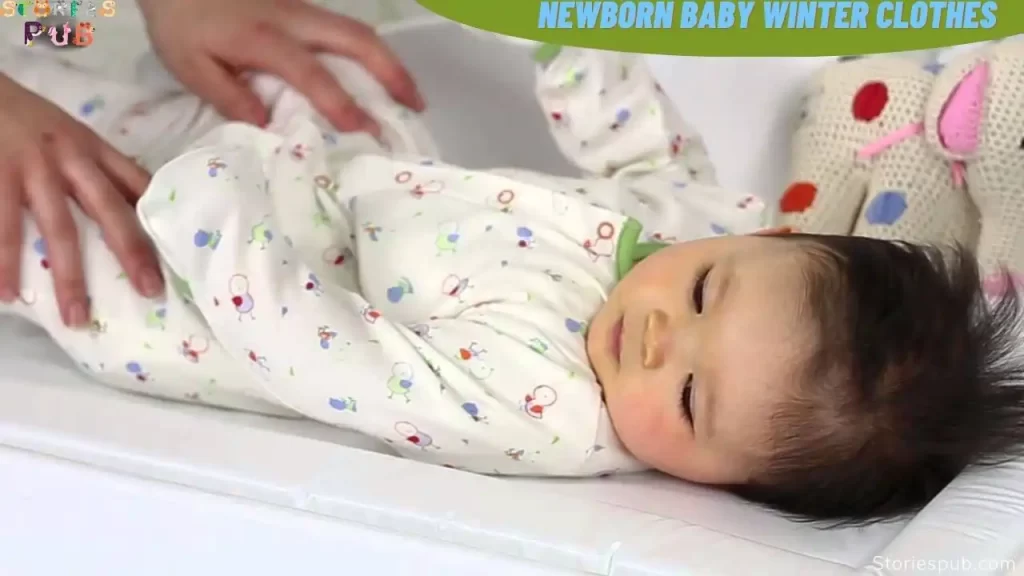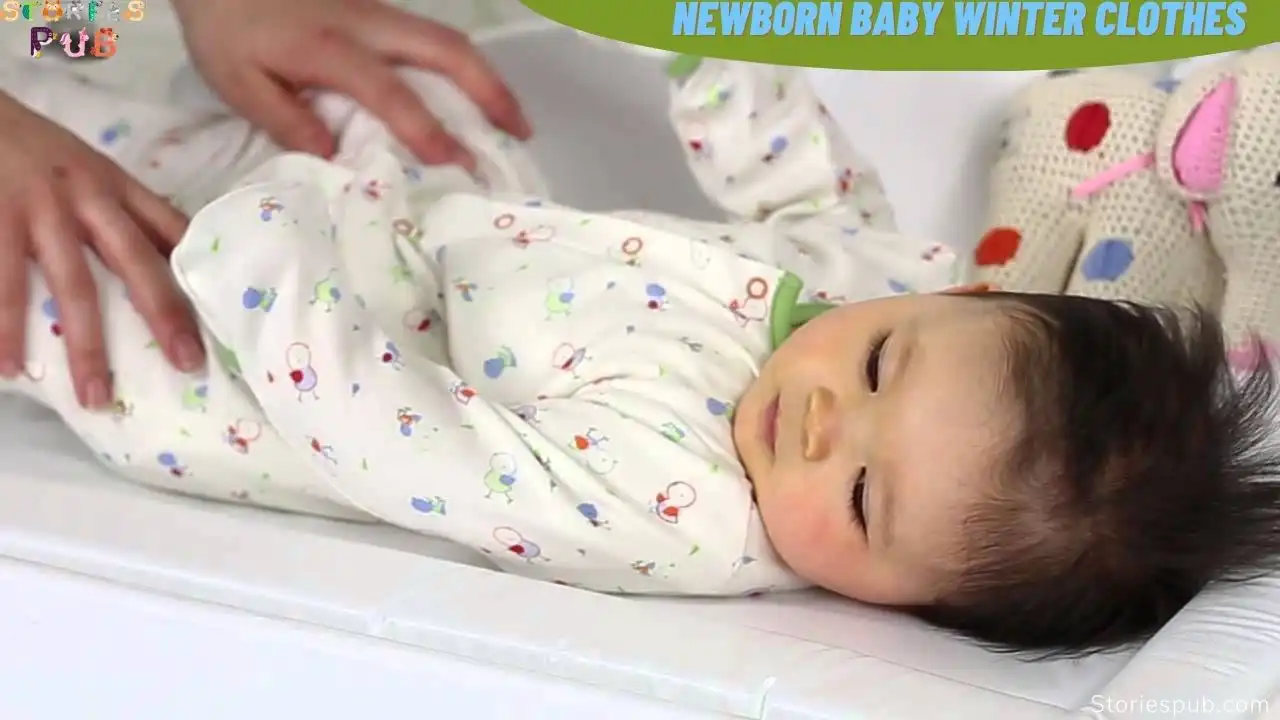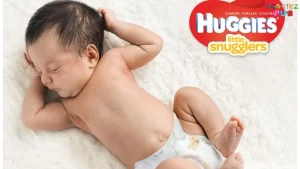How to Select Newborn Baby Winter Clothes | 10 Tips

When welcoming a newborn into the world, dressing them for winter can be a daunting task. Sure, you want your baby to look cute and stylish during colder days but how do you make sure they stay properly bundled up? Selecting suitable winter clothing isn’t like shopping for regular clothes: there are different factors to consider to protect delicate newborn skin from the elements. We’ve assembled 10 key tips which will help make selecting winter clothes for your precious bundle easier and more enjoyable. Read on for useful insight that will keep babies warm and comfy this season!
Importance of selecting winter clothes for newborn babies
Selecting winter clothes for newborn babies is important because newborns have limited control over regulating their body temperature. To keep them warm and comfortable, it is crucial to choose clothing that will provide proper insulation and protection from the cold weather. In addition, newborns have delicate skin, so the clothes must also be soft, gentle, and safe. Proper winter clothing selection can help prevent cold-related health problems, such as hypothermia or frostbite, and ensure the health and well-being of the baby.
Temperature Regulation
A. Understanding the warmth needs of newborns:
Newborns have a limited ability to regulate their body temperature, so it’s important to ensure they stay warm and cozy. It’s also important to keep in mind that babies lose heat faster than adults, as they have a larger surface area relative to their body weight. So, it’s crucial to choose warm and appropriate clothing to keep them at a comfortable temperature.
B. Importance of layering clothes:
Layering clothes for newborns is important for regulating their body temperature. Dressing them in several thin layers, instead of one thick layer, allows for better temperature regulation as you can adjust their clothing depending on the temperature in their environment. This way, if they get too hot, you can remove a layer, and if they get too cold, you can add a layer, ensuring they stay comfortable at all times.
Material Selection
A. Natural fibers vs synthetic fibers:
Natural fibers are fibers that come from plants or animals, such as cotton, wool, and silk. Synthetic fibers are man-made fibers, such as polyester, nylon, and acrylic.
B. Pros and cons of different materials:
Cotton: Soft, breathable, and hypoallergenic. However, it can shrink and lose shape after washing.
Wool: Warm, moisture-wicking, and naturally flame-resistant. However, it can be scratchy and irritating for some babies.
Silk: Soft and hypoallergenic. However, it can be expensive and requires special care.
Polyester: Lightweight, durable, and easy to care for. However, it is not as breathable as natural fibers and can trap heat and moisture.
Nylon: Lightweight, strong, and water-resistant. However, it can be rough and irritating for some babies.
When choosing materials for your newborn’s winter clothes, consider factors such as breathability, softness, and warmth, as well as any potential allergies or sensitivities they may have.
Footwear Selection
A. Types of footwear for newborns:
Socks: Soft and warm, these are great for layering and keeping your baby’s feet cozy.
Booties: Similar to socks, but with a more secure fit to keep them from slipping off.
Shoes: More structured than socks or booties, shoes offer more protection for your baby’s feet and can be used for outdoor activities.
B. Importance of non-slip soles:
Non-slip soles are important for newborns as they help prevent slips and falls. Soft, flexible soles with good grip are best for newborns as they allow their feet to move freely and develop naturally. This is especially important for babies who are just starting to crawl or walk, as they need a secure footing to support their growing bodies. Make sure to choose footwear with non-slip soles to help keep your baby safe and secure.
Sizing
A. Factors to consider when selecting size:
Age: Consider the age of your baby when selecting clothing, as newborns grow quickly.
Weight: Make sure to check your baby’s weight to ensure you select the right size.
Height: Take into account your baby’s height to ensure that the clothing fits well and is not too short.
Room to grow: Choose clothing that allows room for growth, so that it can be worn for longer.
B. Avoiding clothes that are too tight or too loose:
Clothes that are too tight can restrict movement and cause discomfort, while clothes that are too loose can bunch up and cause tripping hazards. Look for clothes that are snug but not too tight, allowing your baby to move comfortably while staying warm. Avoid clothes that are too loose as they can cause cold air to circulate, reducing their overall warmth. Additionally, clothes that are too big can pose a tripping hazard for your baby as they learn to crawl and walk.
Style
A. Comfort vs fashion:
When selecting winter clothes for newborns, it’s important to prioritize comfort over fashion. Newborns have delicate skin, and clothes that are too tight, scratchy, or uncomfortable can irritate them. Make sure to choose soft and cozy materials, with a focus on keeping your baby warm and comfortable.
B. Popular styles for newborns:
Onesies: These are popular for newborns as they provide full coverage and are easy to change.
Footed pajamas: Footed pajamas are popular for keeping newborns warm, as they cover their feet and prevent slipping.
Hooded jackets: These provide extra warmth for the head and neck, making them ideal for colder temperatures.
Mittens: Mittens are essential for keeping newborns warm and preventing them from scratching their faces.
Remember, newborns grow quickly, so don’t invest too much in trendy styles. Stick to basics that can be worn for a longer period and that provide comfort and warmth.
Brand Selection
A. Best Trustworthy brands:
Some trustworthy brands for newborn winter clothing include:
Carter’s
Gerber
Patagonia Baby
The North Face Baby
H&M
Amazon Seller
Flipkart
B. Importance of quality over price:
When selecting winter clothing for newborns, it’s important to prioritize quality over price. Newborns have delicate skin, and low-quality materials or construction can cause irritation or discomfort. In addition, clothes that are poorly made may not last as long or provide adequate warmth.
Look for clothes made from soft and durable materials, with proper stitching and construction to ensure they provide comfort and warmth throughout the winter months. Although quality products may be more expensive, they will provide better value in the long run, as they will last longer and keep your baby comfortable and safe.
Safety
A. Avoiding hazardous materials:
Fire-retardant chemicals: Some baby clothes are treated with fire-retardant chemicals, which can be hazardous to a baby’s health. Look for clothes made from natural, untreated fibers to avoid this risk.
Lead: Lead can be present in dyes or other materials used in clothing construction. Choose clothes made by reputable brands that comply with safety regulations and avoid any clothes that show signs of discoloration or fading, which can indicate the presence of lead.
Formaldehyde: Formaldehyde is a chemical used as a preservative in some clothing, and can be irritating to a baby’s delicate skin. Choose clothes made from natural fibers, or look for clothes specifically labeled as formaldehyde-free.
B. Importance of safety testing:
Safety testing is important to ensure that clothing is free from hazardous materials and construction defects. Reputable brands often have their clothing tested by independent, third-party organizations to ensure they meet safety standards. Look for clothes with safety certifications, such as the Oeko-Tex Standard 100, which tests for harmful substances in textiles. By choosing clothes that have been safety tested, you can ensure that your baby is wearing clothes that are safe and free from hazardous materials.
Care and Maintenance
A. Washing instructions:
Read the care label: Before washing any baby clothing, make sure to read the care label for specific instructions.
Use gentle detergents: Use a gentle, fragrance-free detergent to wash baby clothes, as strong detergents can irritate delicate skin.
Avoid bleach: Avoid using bleach or harsh chemicals on baby clothes, as these can damage fibers and cause discoloration.
Wash separately: Wash baby clothes separately from other clothing to prevent snagging or shrinkage.
Tumble dry low: When drying baby clothes, use a low heat setting and remove them promptly to prevent shrinkage.
B. Long-term storage:
When storing baby clothes, follow these tips to keep them in good condition:
Clean and dry: Make sure clothes are clean and completely dry before storing them.
Avoid moisture: Store clothes in a dry, cool place, away from moisture and direct sunlight.
Fold or hang: Fold or hang clothes neatly, and avoid cramming them into storage containers, which can cause creases and damage.
Use airtight containers: Use airtight containers, such as plastic bins or vacuum-sealed bags, to keep clothes protected from dust, pests, and moisture.
By following these care and maintenance tips, you can ensure that your baby’s winter clothing stays in good condition and is ready to wear when needed.
Conclusion
Selecting the right winter clothes for your newborn baby can be a daunting task, but it doesn’t have to be. By following these 10 simple tips, you’ll be sure to find the perfect outfit for your little one that will keep them warm and stylish all season long. So don’t wait any longer, get out there and start shopping!
Hello Everyone, How did you like this (Parenting) How to Select Newborn Baby Winter Clothes | 10 Tips? if you like this article share your view in the comment box, and don’t forget to share this with your friends on Social Media so they can also redy this. For more keep visiting Storiespub.com.
Suggeted Articles





